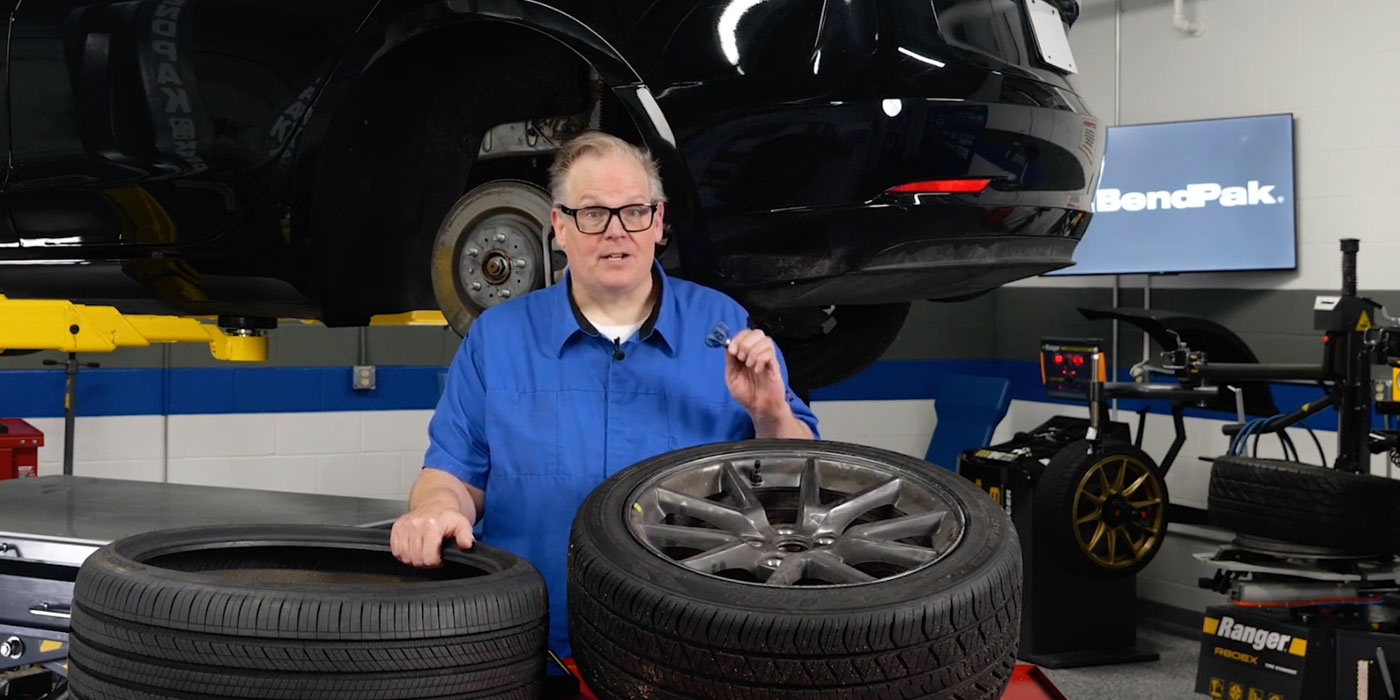This video is sponsored by Bar’s Leaks.
They say where there’s smoke, there’s fire. When it comes to diagnosing issues with a vehicle, the color of the exhaust smoke can provide some valuable clues into the source of the problem.
If you’ve ever started your car on a cold morning, you’ve probably noticed a thin, white stream of exhaust smoke coming from the tailpipe. This is normal, and it’s usually a result of condensation that’s built up in the exhaust system.
However, there are a couple other types of exhaust smoke that could indicate a problem. For example, if the exhaust smoke is blue, it could be a sign that oil is leaking into the combustion chamber. The leak could be caused by damaged piston rings, leaking valve seals or some other issue.
If the exhaust smoke is white, that’s a classic sign of a head-gasket problem. This indicates that coolant is entering the combustion chamber and is burning off as steam through the exhaust. Thick white or gray exhaust also could point to a cracked engine block or cylinder head.
In addition to the color of the exhaust smoke, it’s also important to ask when the customer is seeing it. For example, if they’re seeing blue smoke during acceleration, that could indicate damage to the piston rings. If it occurs when they’re slowing down, it could be a sign of damage to the cylinder heads’ valve guides.
By asking questions about the color of the exhaust smoke and when the customer is seeing it, you’ll have a better idea of what you can recommend to address the issue. By the way, if you’re recommending a smoke-treatment product to seal worn pistons or rings, make sure you remind the customer to read the manufacturer’s instructions for information on the proper dosage and frequency of application.













